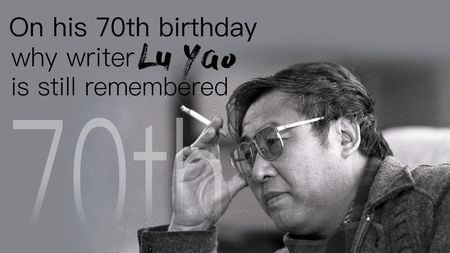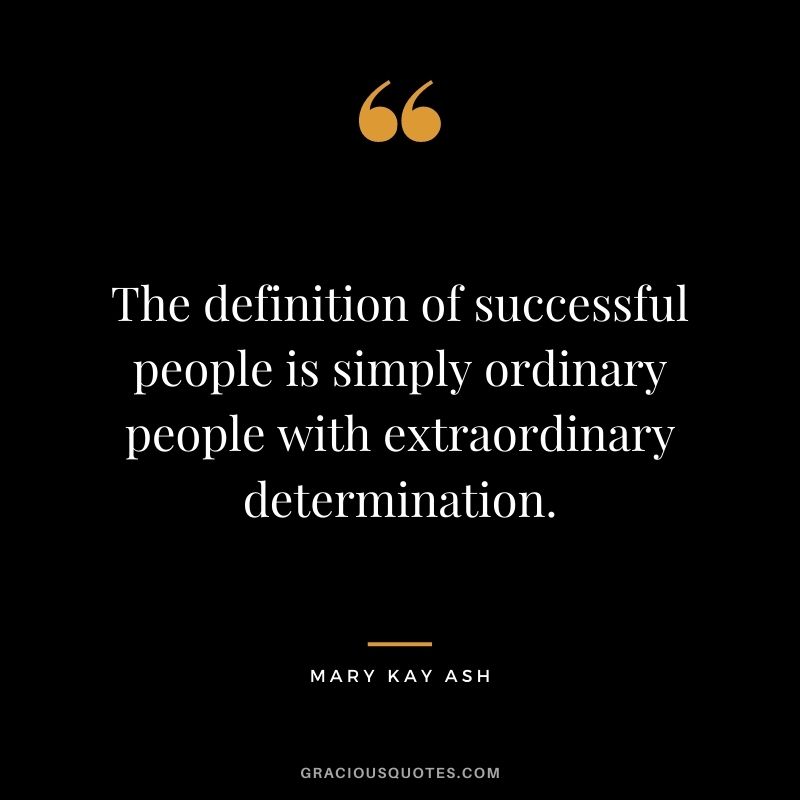
Some years later, in the early 1990s, screenwriting author Christopher Vogler studied Campbell’s work at the University of Southern California.
#The ordinary world definition series#
This series was eventually published as a book of the same name, further connecting Campbell’s work with that of film. For Campbell, the remnants of mythology “line the walls of our interior systems of belief, like shards of broken pottery in an archaeological site”.

He says that we’re seeking myths (themes meaning) within manifestations (films stories). Here they discussed the mythical structure employed in the films’ narratives, which led to the creation of the PBS series, The Power of Myth (1988), filmed at Lucas’ ranch.Ĭampbell tells Moyers in the series that as humans we purposefully probe stories in order to extract meaning that will help us move forward in life. In 1983, Lucas invited Campbell to his Skywalker Ranch in California to share with him a viewing of the completed Star Wars trilogy. In Joseph Campbell the evangelically inclined Lucas had found a kindred spirit, since the younger man also felt a mythic decline that left youth drifting without the moral anchor sensed in the heroic genre films of his own youth. As American philosopher John Shelton Lawrence wrote in his paper on Campbell, Lucas and the Monomyth (2006): Hollywood filmmaker George Lucas openly declared the influence that Campbell’s theories had on his work.

In other words, as the character does (action), he or she becomes (character arc).
#The ordinary world definition full#
As such, the journey is full of duality – symbol and spirit body and soul manifest and myth plot and story. The journey undertaken sees the character undergo both physical and emotional battles, which work together to bring them to a better understanding of their life and their place in the world.

This monomyth is known as the “hero’s journey”.Ĭomprising three stages – separation, initiation and return – the hero’s journey offers a narrative framework for understanding the progression of a character, namely the protagonist. Campbell defines this as the “monomyth” – the typical trajectory of a story, across all cultures and religions. In this book, Campbell studies many hundreds of fairy tales, folk tales and legends in order to unearth a common “pattern” in the structure of stories. The most widely known application of Campbell’s work, particularly his book The Hero with a Thousand Faces, is to the area of film.


 0 kommentar(er)
0 kommentar(er)
